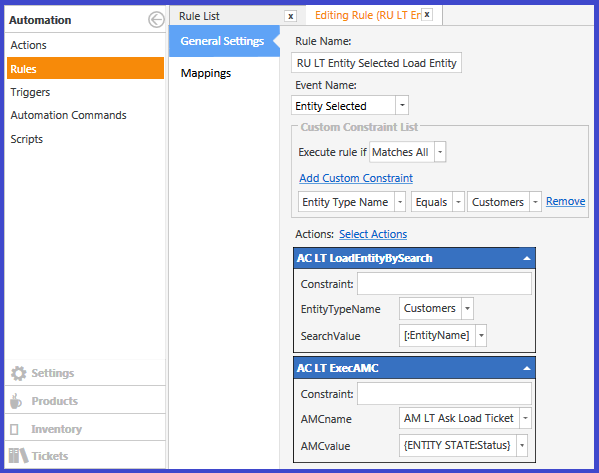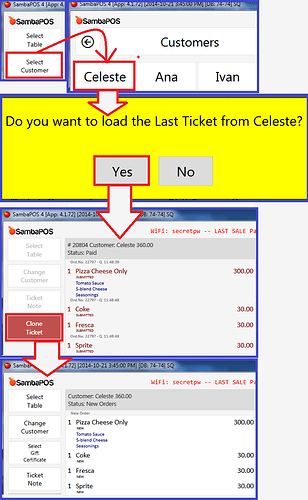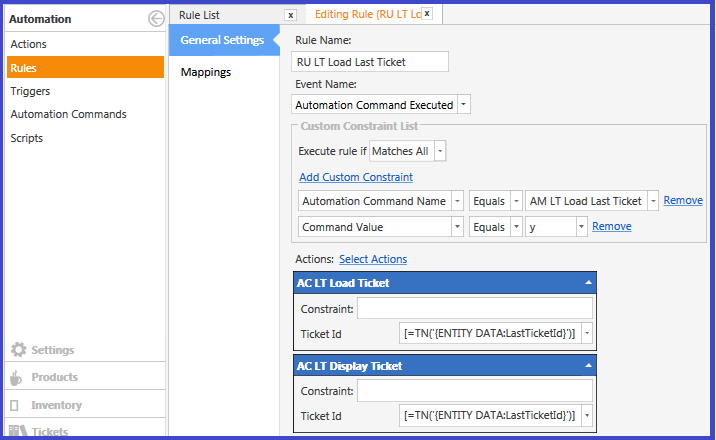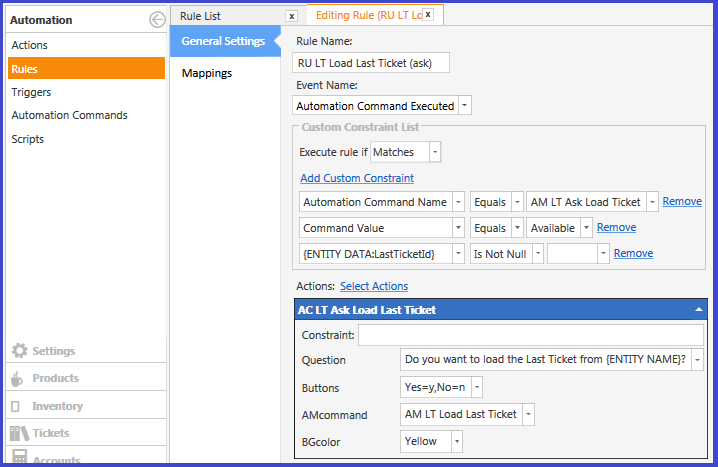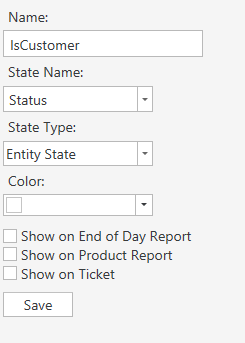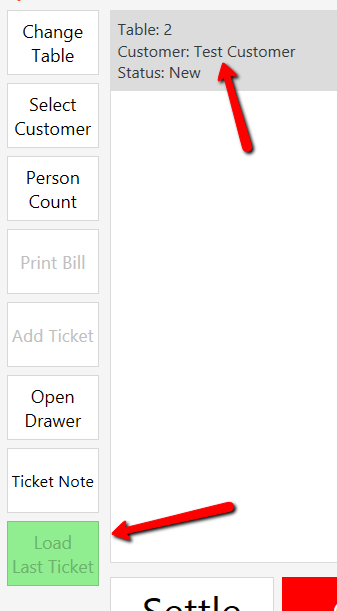I’ve tried to implement method 2, both by following the tutorial and, when it didn’t work, by using the database tools import. When I select customer then load last ticket, the ticket loads then SambaPOS crashes with “Exception has been thrown by the target of an invocation.” / “The ObjectContext instance has been disposed and can no longer be used for operations that require a connection.”.
Clone ticket from Tickets (without customer selection) works fine.
I have also tried on a fresh database with sample data and it also crashes.
Any help would be much appreciated.
Full exception details below:
-----------------------------
[General Info]
Application: SambaPOS
Version: 4.1.82
Region: en
DB: CE
Machine: MARK-PC
User: Mark
Date: 11/06/2015
Time: 04:14
User Explanation:
Mark said ""
-----------------------------
[Exception Info 1]
Top-level Exception
Type: System.Reflection.TargetInvocationException
Message: Exception has been thrown by the target of an invocation.
Source: mscorlib
Stack Trace: at System.RuntimeMethodHandle.InvokeMethod(Object target, Object[] arguments, Signature sig, Boolean constructor)
at System.Reflection.RuntimeMethodInfo.UnsafeInvokeInternal(Object obj, Object[] parameters, Object[] arguments)
at System.Reflection.RuntimeMethodInfo.UnsafeInvoke(Object obj, BindingFlags invokeAttr, Binder binder, Object[] parameters, CultureInfo culture)
at System.Delegate.DynamicInvokeImpl(Object[] args)
at System.Windows.Threading.ExceptionWrapper.InternalRealCall(Delegate callback, Object args, Int32 numArgs)
at MS.Internal.Threading.ExceptionFilterHelper.TryCatchWhen(Object source, Delegate method, Object args, Int32 numArgs, Delegate catchHandler)
at System.Windows.Threading.DispatcherOperation.InvokeImpl()
at System.Windows.Threading.DispatcherOperation.InvokeInSecurityContext(Object state)
at System.Threading.ExecutionContext.RunInternal(ExecutionContext executionContext, ContextCallback callback, Object state, Boolean preserveSyncCtx)
at System.Threading.ExecutionContext.Run(ExecutionContext executionContext, ContextCallback callback, Object state, Boolean preserveSyncCtx)
at System.Threading.ExecutionContext.Run(ExecutionContext executionContext, ContextCallback callback, Object state)
at System.Windows.Threading.DispatcherOperation.Invoke()
at System.Windows.Threading.Dispatcher.ProcessQueue()
at System.Windows.Threading.Dispatcher.WndProcHook(IntPtr hwnd, Int32 msg, IntPtr wParam, IntPtr lParam, Boolean& handled)
at MS.Win32.HwndWrapper.WndProc(IntPtr hwnd, Int32 msg, IntPtr wParam, IntPtr lParam, Boolean& handled)
at MS.Win32.HwndSubclass.DispatcherCallbackOperation(Object o)
at System.Windows.Threading.ExceptionWrapper.InternalRealCall(Delegate callback, Object args, Int32 numArgs)
at MS.Internal.Threading.ExceptionFilterHelper.TryCatchWhen(Object source, Delegate method, Object args, Int32 numArgs, Delegate catchHandler)
at System.Windows.Threading.Dispatcher.LegacyInvokeImpl(DispatcherPriority priority, TimeSpan timeout, Delegate method, Object args, Int32 numArgs)
at MS.Win32.HwndSubclass.SubclassWndProc(IntPtr hwnd, Int32 msg, IntPtr wParam, IntPtr lParam)
at MS.Win32.UnsafeNativeMethods.DispatchMessage(MSG& msg)
at System.Windows.Threading.Dispatcher.PushFrameImpl(DispatcherFrame frame)
at System.Windows.Threading.Dispatcher.PushFrame(DispatcherFrame frame)
at System.Windows.Threading.Dispatcher.Run()
at System.Windows.Application.RunDispatcher(Object ignore)
at System.Windows.Application.RunInternal(Window window)
at System.Windows.Application.Run(Window window)
at Samba.Presentation.App.Main()
Inner Exception 1
Type: System.ObjectDisposedException
Message: The ObjectContext instance has been disposed and can no longer be used for operations that require a connection.
Source: System.Data.Entity
Stack Trace: at System.Data.Objects.ObjectContext.EnsureConnection()
at System.Data.Objects.ObjectQuery`1.GetResults(Nullable`1 forMergeOption)
at System.Data.Objects.ObjectQuery`1.Execute(MergeOption mergeOption)
at System.Data.Objects.DataClasses.EntityReference`1.Load(MergeOption mergeOption)
at System.Data.Objects.DataClasses.RelatedEnd.Load()
at System.Data.Objects.DataClasses.RelatedEnd.DeferredLoad()
at System.Data.Objects.Internal.LazyLoadBehavior.LoadProperty[TItem](TItem propertyValue, String relationshipName, String targetRoleName, Boolean mustBeNull, Object wrapperObject)
at System.Data.Objects.Internal.LazyLoadBehavior.<>c__DisplayClass7`2.<GetInterceptorDelegate>b__2(TProxy proxy, TItem item)
at System.Data.Entity.DynamicProxies.Ticket_381C97E9D1BA478AB2C6DD28254499465F84EABA0AB711950380101C07FAD3A1.get_TransactionDocument()
at Samba.Domain.Models.Tickets.Ticket.Recalculate()
at Samba.Presentation.Services.Implementations.TicketModule.TicketService.RecalculateTicket(Ticket ticket, Boolean forceRecalculation)
at Samba.Modules.PosModule.TicketViewModel.ClearSelectedItems()
at Samba.Modules.PosModule.TicketViewModel.ResetTicket()
at Samba.Modules.PosModule.PosViewModel.OnTicketEvent(EventParameters`1 obj)
at Microsoft.Practices.Prism.Events.EventSubscription`1.InvokeAction(Action`1 action, TPayload argument)
at Microsoft.Practices.Prism.Events.EventSubscription`1.<>c__DisplayClass2.<GetExecutionStrategy>b__0(Object[] arguments)
at Microsoft.Practices.Prism.Events.EventBase.InternalPublish(Object[] arguments)
at Microsoft.Practices.Prism.Events.CompositePresentationEvent`1.Publish(TPayload payload)
at Samba.Presentation.Services.Common.ExtensionMethods.Publish[TEventsubject](TEventsubject eventArgs, String eventTopic, Action expectedAction)
-----------------------------
[Assembly Info]
Samba.Services, Version=1.0.0.0
mscorlib, Version=4.0.0.0
System, Version=4.0.0.0
Microsoft.Practices.Prism, Version=4.0.0.0
WindowsBase, Version=4.0.0.0
Samba.Infrastructure, Version=1.0.0.0
Samba.Infrastructure.Data, Version=1.0.0.0
PresentationFramework, Version=4.0.0.0
System.Xaml, Version=4.0.0.0
Samba.Presentation.Services, Version=1.0.0.0
FluentValidation, Version=3.4.0.0
Samba.Domain, Version=1.0.0.0
DevExpress.Xpf.Grid.v14.1, Version=14.1.6.0
DevExpress.Xpf.Grid.v14.1.Core, Version=14.1.6.0
PresentationCore, Version=4.0.0.0
Stateless, Version=1.0.0.0
System.Core, Version=4.0.0.0
System.Drawing, Version=4.0.0.0
DevExpress.Xpf.Core.v14.1, Version=14.1.6.0
EntityFramework, Version=4.4.0.0
System.Windows.Forms, Version=4.0.0.0
System.ComponentModel.Composition, Version=4.0.0.0
Samba.Localization, Version=1.0.0.0
Microsoft.CSharp, Version=4.0.0.0
Microsoft.Practices.ServiceLocation, Version=1.0.0.0
Samba.Persistance, Version=1.0.0.0
Microsoft.Practices.Prism.MefExtensions, Version=4.0.0.0
PropertyTools, Version=2012.4.14.1
-----------------------------
[System Info]
Operating System
-Microsoft Windows 8.1 Pro
--CodeSet = 1252
--CSDVersion =
--CurrentTimeZone = 480
--FreePhysicalMemory = 1768240
--OSArchitecture = 64-bit
--OSLanguage = 2057
--ServicePackMajorVersion = 0
--ServicePackMinorVersion = 0
--Version = 6.3.9600
Machine
-MARK-PC
--Manufacturer = Gigabyte Technology Co., Ltd.
--Model = To be filled by O.E.M.
--TotalPhysicalMemory = 8478597120
--UserName = Mark-PC\MARK-PC\Mark
-----------------------------

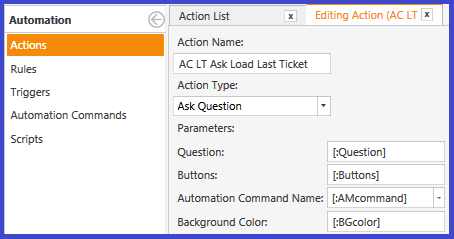
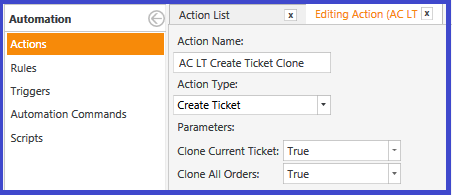
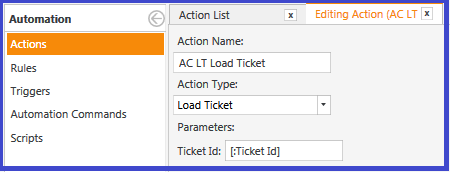
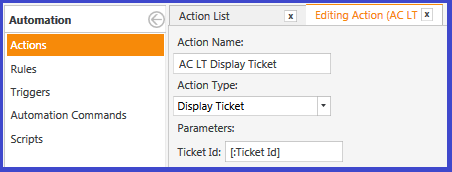
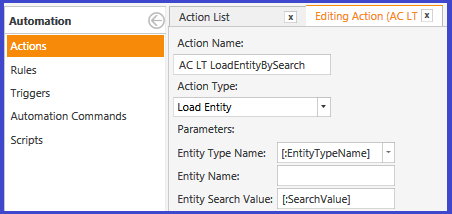
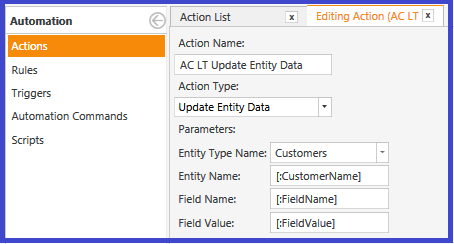

All Rules which follow require a Default Mapping

